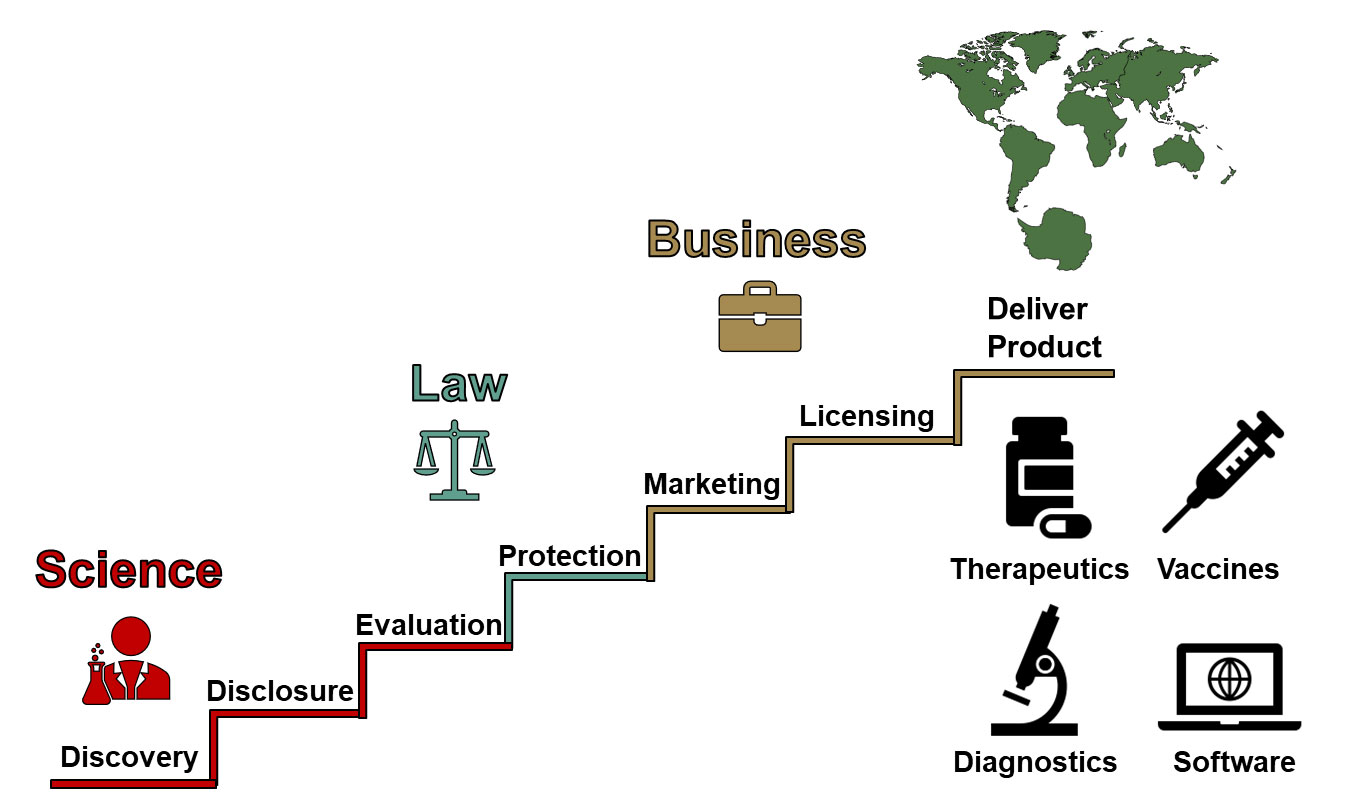Report on the Lower Sioux Indian Community’s Hempcrete Housing Initiative and its Contribution to Sustainable Development Goals
The Lower Sioux Indian Community in Minnesota has initiated a pioneering “seed to wall” program utilizing industrial hemp to construct sustainable and affordable housing. This vertically integrated model, which encompasses the cultivation and processing of hemp into a building material known as “hempcrete,” directly addresses critical community needs while aligning with several United Nations Sustainable Development Goals (SDGs).
Project Framework: A Vertically Integrated “Seed to Wall” Model
Addressing a Critical Housing Shortage
The initiative responds to a significant housing deficit within the Lower Sioux Indian Community, where an estimated 196 new homes are required. The project aims to replace existing substandard housing—much of which is aging or was built with inadequate materials—with durable, energy-efficient structures. This effort is fundamental to improving the quality of life and providing safe, secure shelter for community members.
Hempcrete: A Sustainable Building Material
Hempcrete, a concrete-like mixture derived from the woody core of the hemp stalk, serves as the cornerstone of this initiative. Unlike traditional concrete, hempcrete is not a load-bearing material but is used as a high-performance insulation. Its key properties contribute significantly to sustainable building practices:
- Energy Efficiency: Provides superior thermal insulation, reducing energy consumption for heating and cooling.
- Durability and Safety: The material is resistant to fire and mold, and its density acts as a natural pest deterrent.
- Sustainability: Hemp is a renewable resource, and its use in construction represents a shift away from less sustainable, conventional building materials.
Alignment with Sustainable Development Goals (SDGs)
The Lower Sioux project serves as a practical model for achieving multiple SDGs through a single, community-led initiative.
SDG 11: Sustainable Cities and Communities
The project’s primary objective is to make the community’s housing safer, more resilient, and sustainable. By constructing affordable and eco-friendly homes, the initiative directly tackles Target 11.1, which aims to ensure access for all to adequate, safe, and affordable housing.
SDG 9: Industry, Innovation, and Infrastructure
The “seed to wall” program is an innovation in sustainable infrastructure. It fosters a new, localized industry by integrating agriculture with construction. This approach builds resilient infrastructure, promotes inclusive and sustainable industrialization, and fosters innovation within the community.
SDG 8: Decent Work and Economic Growth
The initiative promotes sustained, inclusive, and sustainable economic growth by creating local employment opportunities. As stated by project manager Danny Desjarlais, the program enables “community members, for our community members” to build homes, thereby fostering local skills and economic self-sufficiency.
Additional SDG Contributions
The project’s impact extends to several other key development goals:
- SDG 1 (No Poverty): By addressing housing affordability and creating jobs, the project contributes to poverty reduction.
- SDG 3 (Good Health and Well-being): The use of mold-resistant and non-toxic materials promotes healthier indoor living environments.
- SDG 12 (Responsible Consumption and Production): The initiative exemplifies sustainable production patterns by utilizing the entire hemp plant, echoing the “Green Buffalo” principle where nothing goes to waste.
- SDG 13 (Climate Action): The energy efficiency of hempcrete homes reduces their carbon footprint, contributing to climate change mitigation.
National Recognition and Strategic Support
The project’s innovative approach has garnered national attention, becoming a finalist for the Ivory Prize, which recognizes scalable solutions to housing affordability. Furthermore, the initiative has received legislative support, with a U.S. Senate amendment securing funding for research into industrial hemp fiber. This support underscores the project’s potential as a scalable model for other communities.
Challenges and Future Outlook
Current Obstacles
The project faces challenges common to emerging industries, including higher initial costs compared to conventional materials and a lack of domestic processing infrastructure. The community has temporarily found it more cost-effective to purchase hemp stalks from area farmers rather than cultivate their own. Public perception and distinguishing industrial hemp from marijuana also remain an educational hurdle.
Strategic Expansion
The Lower Sioux Indian Community plans to expand its operations to produce prefabricated housing units insulated with hempcrete for regional sale. This expansion would further advance economic development and promote sustainable building practices on a wider scale. Leaders in the Indigenous cannabis and hemp industry note that Tribal nations are uniquely positioned to lead in this sector due to their agricultural land base and commitment to regenerative farming, positioning this initiative as a blueprint for future sustainable development in Indian Country.
Analysis of Sustainable Development Goals in the Article
1. Which SDGs are addressed or connected to the issues highlighted in the article?
- SDG 1: No Poverty – The project addresses basic needs like housing and creates economic opportunities, which are crucial for poverty alleviation.
- SDG 7: Affordable and Clean Energy – The use of an “energy-efficient” building material directly relates to improving energy efficiency in housing.
- SDG 8: Decent Work and Economic Growth – The initiative creates local jobs and fosters a new, sustainable industry within the community.
- SDG 9: Industry, Innovation, and Infrastructure – The article highlights the innovative use of hempcrete as a sustainable building material and the development of a “seed to wall” vertically integrated industry.
- SDG 11: Sustainable Cities and Communities – The primary focus of the project is to address a severe housing shortage by building affordable, safe, and sustainable homes.
- SDG 12: Responsible Consumption and Production – The project promotes the use of a renewable, multipurpose plant (“Green Buffalo”) and sustainable building practices, moving away from “cheapest materials” with “the least amount of insulation.”
2. What specific targets under those SDGs can be identified based on the article’s content?
-
SDG 11: Sustainable Cities and Communities
- Target 11.1: By 2030, ensure access for all to adequate, safe and affordable housing and basic services.
Explanation: The article directly addresses this target by highlighting the Lower Sioux Indian Community’s housing crisis, stating a need for “196 new homes” to solve the shortage. The project’s goal is to build “affordable, eco-friendly homes” to meet this need, replacing older homes that are “on their last leg.”
- Target 11.1: By 2030, ensure access for all to adequate, safe and affordable housing and basic services.
-
SDG 8: Decent Work and Economic Growth
- Target 8.5: By 2030, achieve full and productive employment and decent work for all.
Explanation: The project manager notes the positive impact on local employment, stating, “seeing people around me get jobs around it” and “seeing houses being developed here on our reservation by our own community members, for our community members.” This demonstrates the creation of local, meaningful jobs.
- Target 8.5: By 2030, achieve full and productive employment and decent work for all.
-
SDG 9: Industry, Innovation, and Infrastructure
- Target 9.4: By 2030, upgrade infrastructure and retrofit industries to make them sustainable, with increased resource-use efficiency and greater adoption of clean and environmentally sound technologies.
Explanation: The community’s “seed to wall” hempcrete program is an innovative and sustainable approach to building infrastructure. Hempcrete is described as a “sustainable material” and the project is recognized for its “innovative, feasible, and scalable solutions,” representing the adoption of an environmentally sound technology.
- Target 9.4: By 2030, upgrade infrastructure and retrofit industries to make them sustainable, with increased resource-use efficiency and greater adoption of clean and environmentally sound technologies.
-
SDG 12: Responsible Consumption and Production
- Target 12.2: By 2030, achieve the sustainable management and efficient use of natural resources.
Explanation: The article refers to hemp as the “Green Buffalo,” where “nothing goes to waste.” This philosophy, combined with the use of a renewable agricultural product for construction, exemplifies the sustainable management and efficient use of natural resources.
- Target 12.2: By 2030, achieve the sustainable management and efficient use of natural resources.
-
SDG 1: No Poverty
- Target 1.4: By 2030, ensure that all men and women, in particular the poor and the vulnerable, have equal rights to economic resources, as well as access to basic services.
Explanation: The project provides access to the basic service of housing for a community facing a critical shortage. By creating affordable homes and local jobs, it enhances access to fundamental economic resources.
- Target 1.4: By 2030, ensure that all men and women, in particular the poor and the vulnerable, have equal rights to economic resources, as well as access to basic services.
-
SDG 7: Affordable and Clean Energy
- Target 7.3: By 2030, double the global rate of improvement in energy efficiency.
Explanation: The article explicitly states that hempcrete is an “energy-efficient” material. Building homes with this insulation improves their thermal performance, reducing energy consumption for heating and cooling and contributing directly to energy efficiency goals.
- Target 7.3: By 2030, double the global rate of improvement in energy efficiency.
3. Are there any indicators mentioned or implied in the article that can be used to measure progress towards the identified targets?
- Number of new housing units built: The article specifies a need for “196 new homes.” The number of hempcrete homes constructed would be a direct indicator of progress towards Target 11.1.
- Number of local jobs created: The statement about “seeing people around me get jobs” implies that job creation is a measurable outcome. Tracking the number of community members employed in hemp farming, processing, and construction would measure progress towards Target 8.5.
- Level of investment in the local hemp industry: The article mentions the hemp industry is a “$445 million industry across the United States and growing.” Tracking the local economic value and investment in the tribe’s “seed to wall” operation would serve as an indicator for Target 9.4.
- Energy performance of new homes: The claim that hempcrete is “energy-efficient” implies that the energy consumption of these new homes can be measured and compared to conventional housing, serving as an indicator for Target 7.3.
- Proportion of locally sourced materials used: The “seed to wall” model implies a focus on local production. Measuring the percentage of building materials sourced from the tribe’s own hemp crop or from “area farmers” would be an indicator for Target 12.2.
4. Summary Table of SDGs, Targets, and Indicators
| SDGs | Targets | Indicators |
|---|---|---|
| SDG 11: Sustainable Cities and Communities | 11.1: Ensure access for all to adequate, safe and affordable housing and basic services. | The number of new, affordable, and sustainable homes built to address the stated need for 196 units. |
| SDG 8: Decent Work and Economic Growth | 8.5: Achieve full and productive employment and decent work for all. | The number of jobs created for community members in the hemp cultivation, processing, and construction sectors. |
| SDG 9: Industry, Innovation, and Infrastructure | 9.4: Upgrade infrastructure and retrofit industries to make them sustainable and increase resource-use efficiency. | Establishment of a vertically integrated “seed to wall” hempcrete industry; volume of sustainable material produced and used. |
| SDG 12: Responsible Consumption and Production | 12.2: Achieve the sustainable management and efficient use of natural resources. | The amount of locally grown hemp utilized in construction, reflecting the “Green Buffalo” principle of using a renewable resource efficiently. |
| SDG 1: No Poverty | 1.4: Ensure equal rights to economic resources and access to basic services. | The number of community members provided with secure and affordable housing. |
| SDG 7: Affordable and Clean Energy | 7.3: Double the global rate of improvement in energy efficiency. | Measured improvement in energy performance (e.g., insulation value, reduced energy bills) of hempcrete homes versus conventional homes. |
Source: ictnews.org







